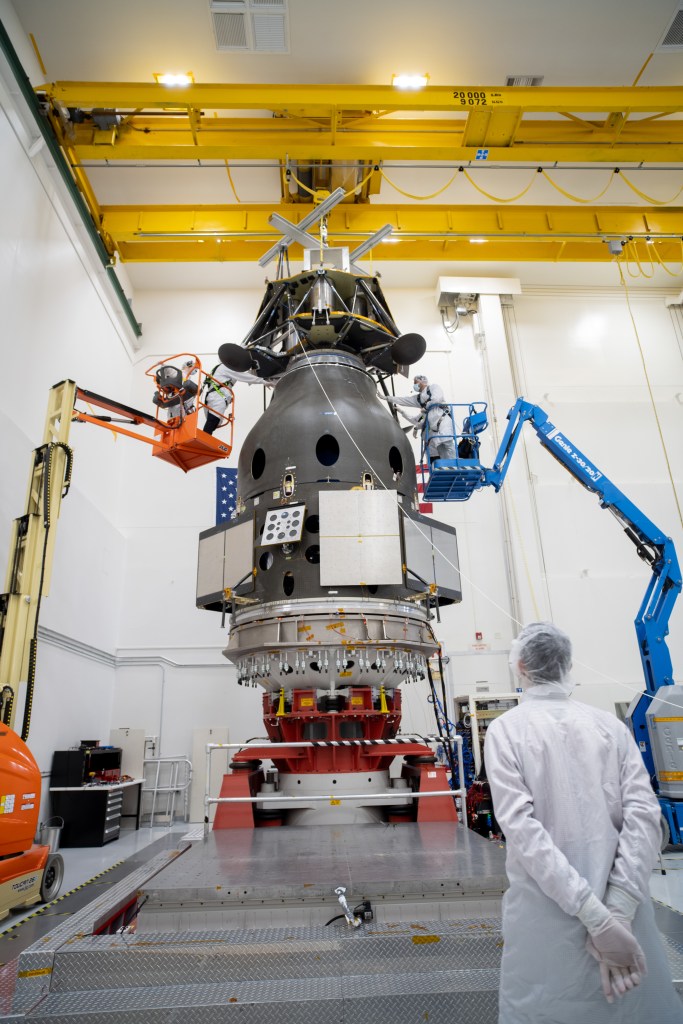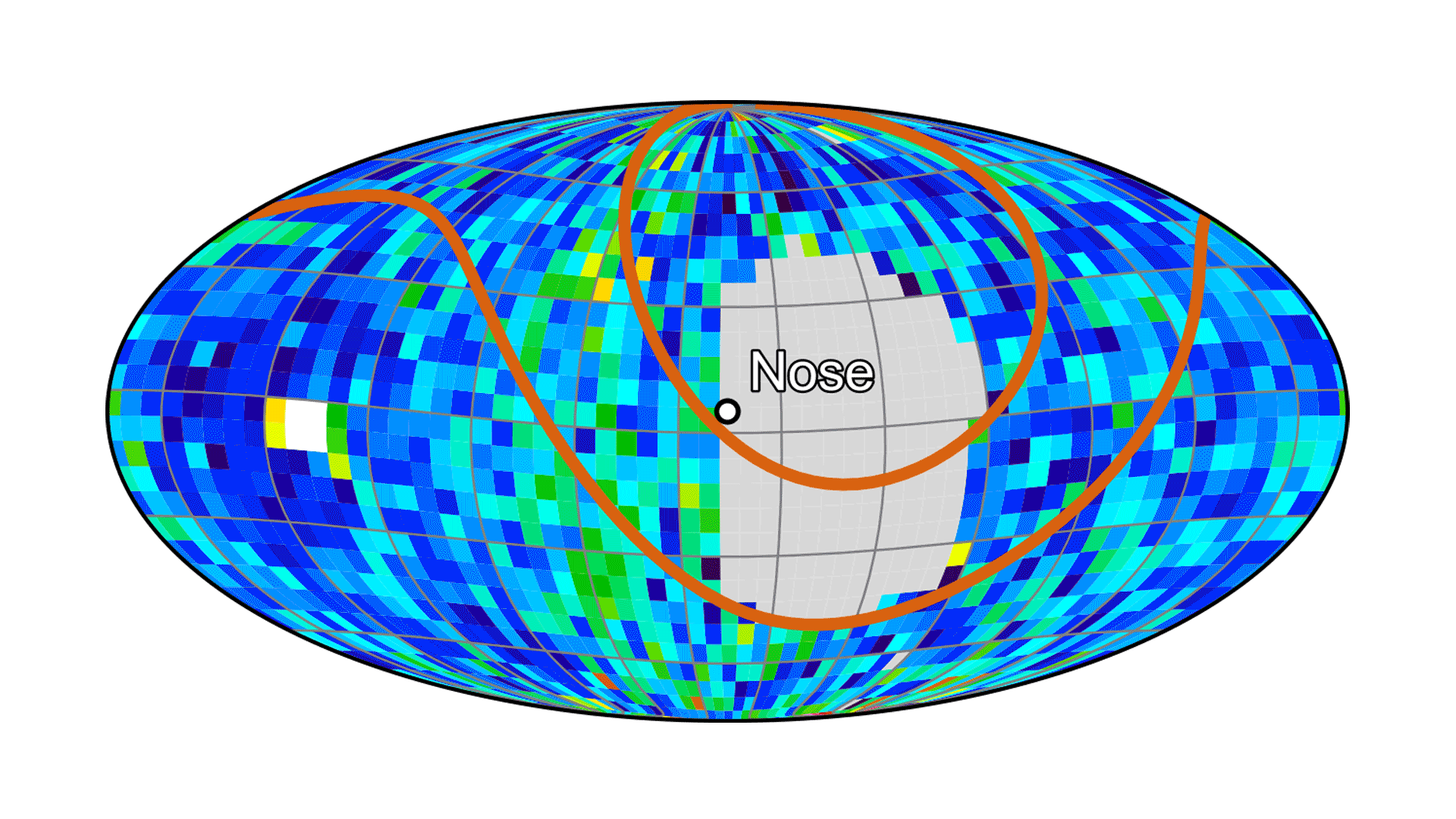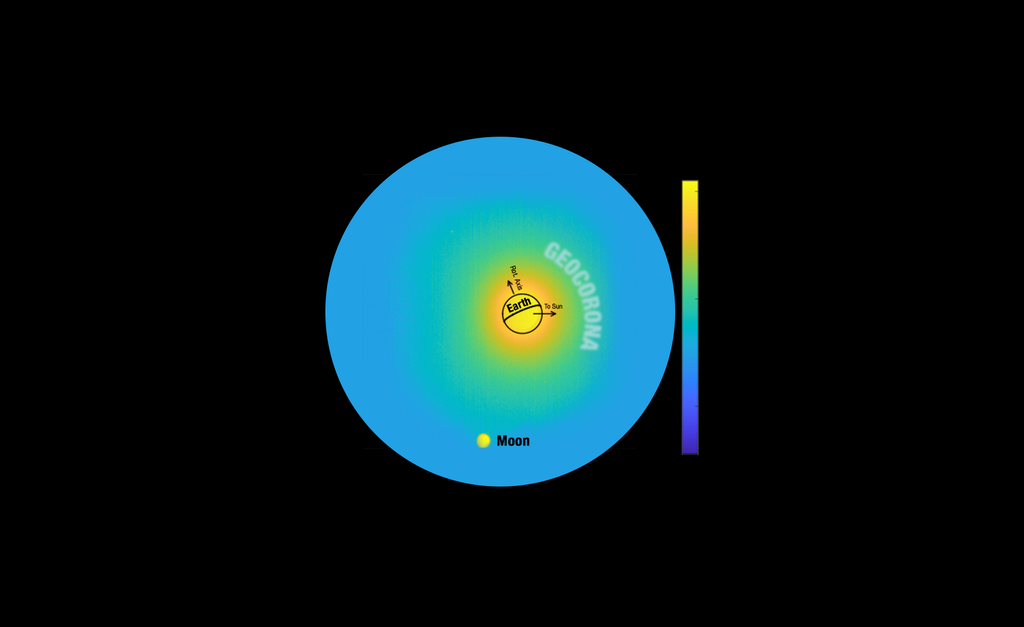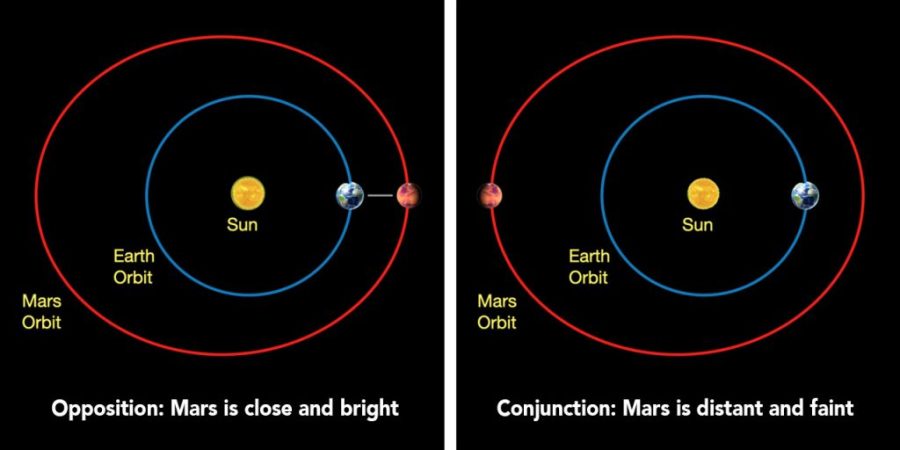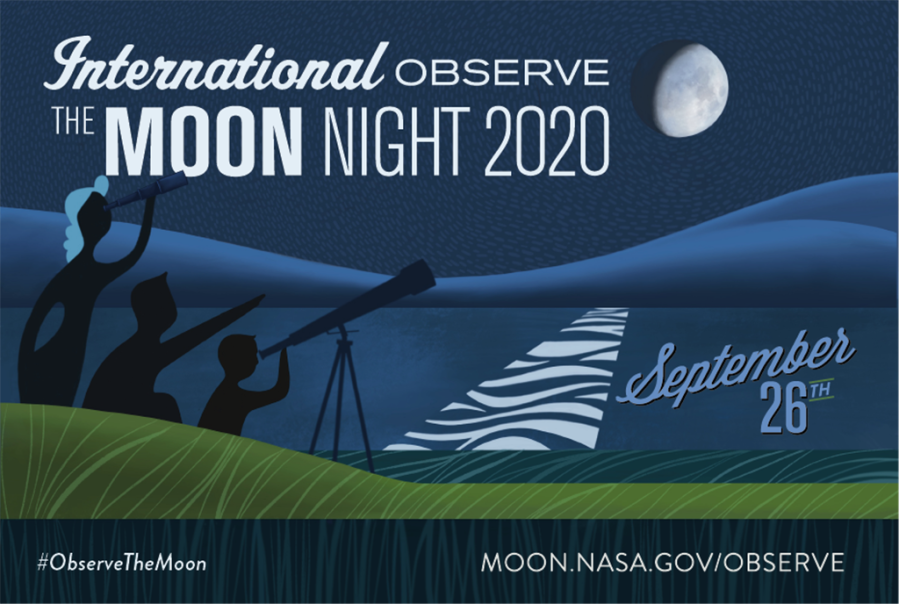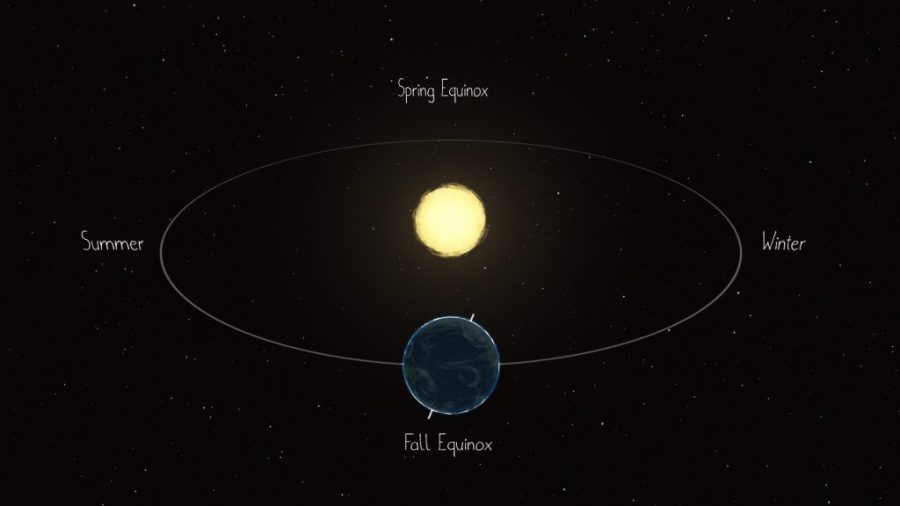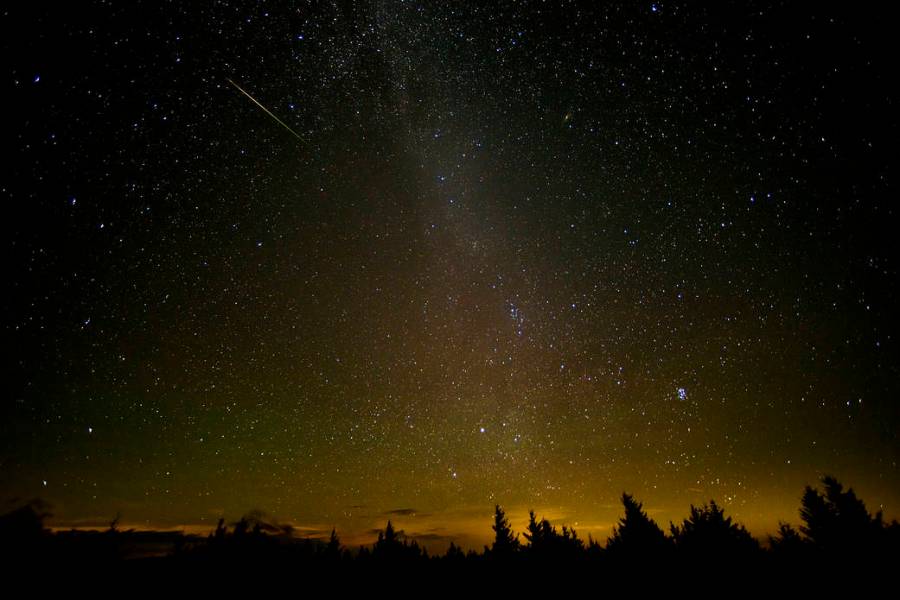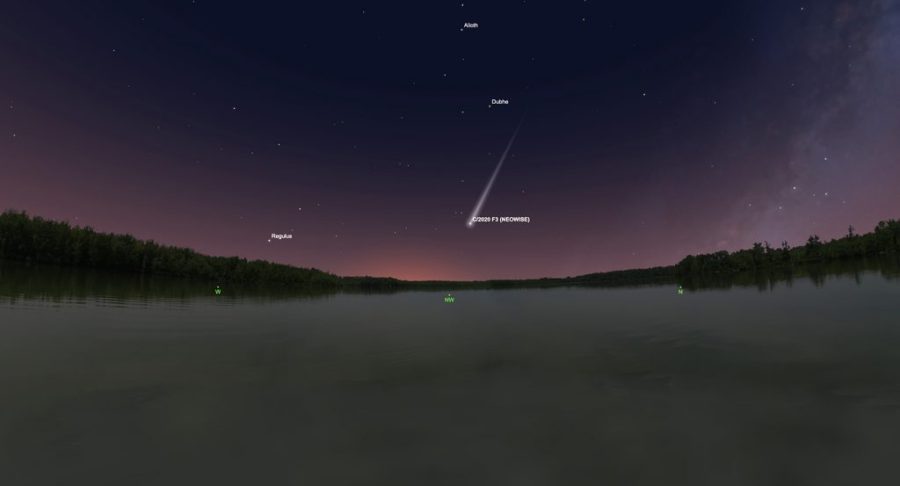by Lauren Lambert There’s an extra special treat coming Earth’s way – a Blue Moon on the night of Oct. 31 for Halloween. What is a Blue Moon? According to modern folklore, it is a phenomenon where a Full Moon appears twice in one calendar month. Typically, each month has only one, as Full Moons …
‘Once in a Blue Moon’ Coming Soon












